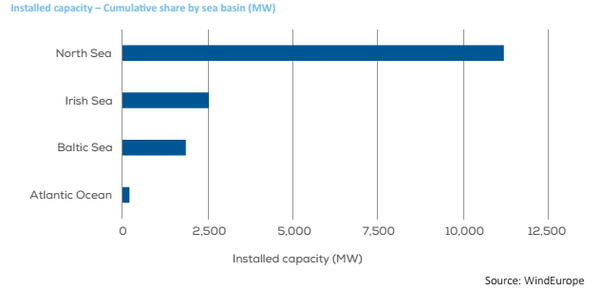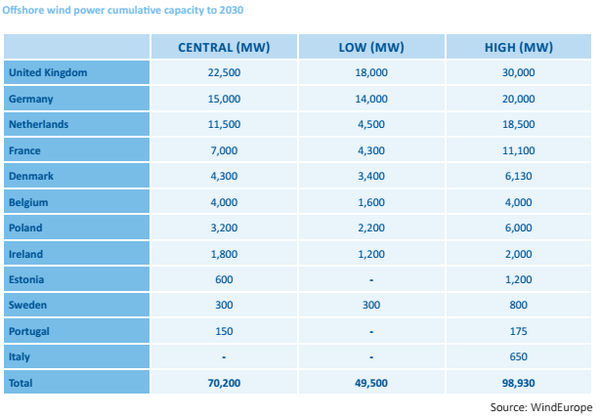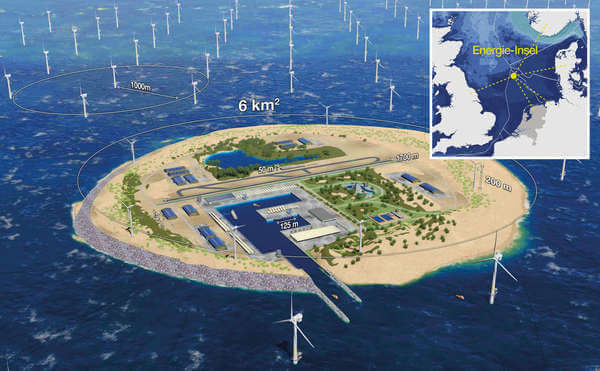News Release from windfair.net
Wind Industry Profile of
Unused Potential of the Baltic Sea
For a long time, the Baltic Sea was considered a difficult terrain for offshore wind energy. Compared to the already well developed North Sea, the soil conditions alone are much more complicated. Due to the ice ages, the ocean bed is characterised by various types of rock, not all of which can be worked equally well. However, the progressive technological development of the offshore industry and a growing pool of experience from the North Sea are attracting more and more attention to the Baltic Sea.
The European Wind Energy Association WindEurope recently presented the current status and the great potential of offshore wind for further use in the Baltic Sea at an event in Finland. Currently 1.5 gigawatts are installed in the Baltic Sea basin and connected to the grid. This could increase to 9 GW by the end of 2030. This would make the Baltic Sea the second largest offshore location in the world after the North Sea. In view of this enormous potential, it is therefore essential that the countries of the Baltic Sea region quickly start setting ambitious targets.

At present, the Baltic is still in third place behind the North Sea and the Irish Sea, where Great Britain has built several wind farms (Image: WindEurope)
Tenders have proved to be the best system for the expansion in recent years, as they create strong cost pressure. So far, however, only Germany and the Netherlands have implemented this system for offshore wind. With corresponding successes, as the current tender in the Netherlands proves: This week Vattenfall was awarded the contract for the offshore wind project "Hollandse Kust Zuid", the first project in the Netherlands to be implemented without any funding whatsoever, as Windfair has reported.
However, in order to achieve the minimum annual volume of 4 gigawatts of newly installed capacity required by WindEurope to achieve further cost reductions in the industry through steady growth in the supply chain, more countries must set fixed expansion targets for the coming years.

In three different expansion scenarios, the association calculates how offshore wind energy could develop in the future. (Image: WindEurope)
In addition, concepts for a joint network expansion must also be found for the Baltic Sea, similar to the TenneT concept for the North Sea. Two years ago, the German-Dutch transmission grid operator had the idea of an artificial North Sea Wind Power Hub for offshore wind farms to be connected to the electricity markets of Germany, the Netherlands, Great Britain, Belgium, Norway and Denmark in the long term.

The North Sea Wind Power Hub which TenneT wants to build. (Image: TenneT)
A similar mesh grid approach is also conceivable in the Baltic Sea. However, this would also mean creating a link between different Member States - and thus different legal systems - within the European Union. Not an easy undertaking, but also not completely unthinkable as experience shows.
- Author:
- Katrin Radtke
- Email:
- press@windfair.net
- Keywords:
- Baltic Sea, North Sea, WindEurope, TenneT, tender, potential




















